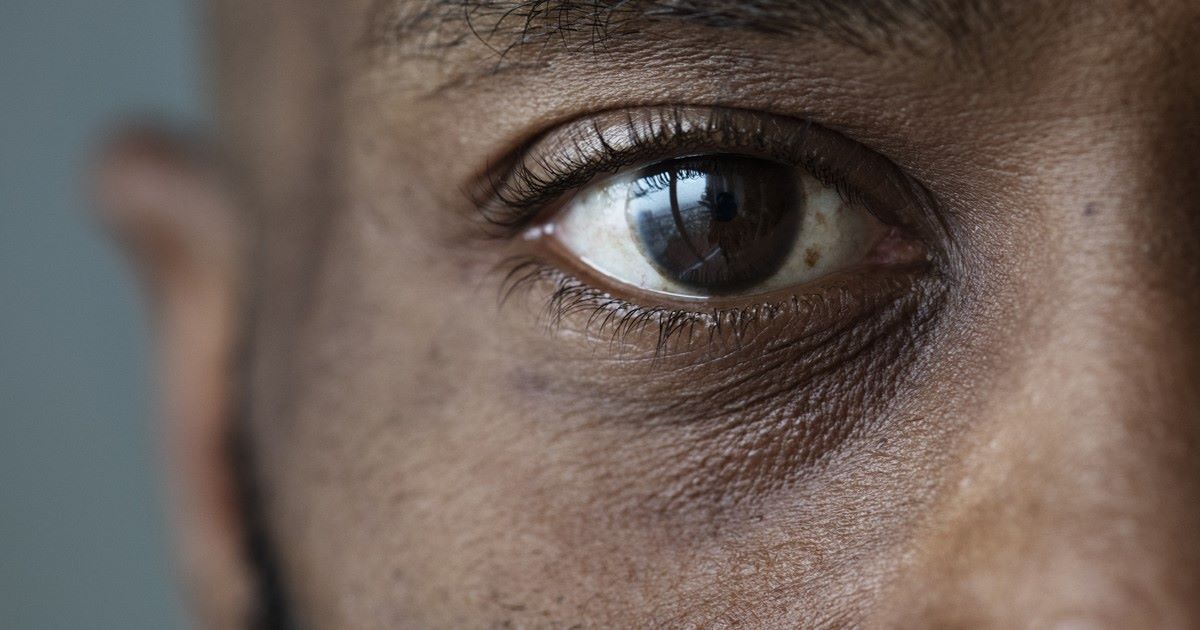
Glaucoma is a serious eye condition that can lead to vision loss if not treated. But what exactly is it? Glaucoma is a group of eye diseases that damage the optic nerve, often due to high eye pressure. This damage can cause permanent vision loss or even blindness. Understanding glaucoma is crucial because early detection and treatment can prevent severe outcomes. In this post, we’ll share 50 essential facts about glaucoma to help you better understand this condition. From symptoms and risk factors to treatment options and prevention tips, we’ve got all the information you need to keep your eyes healthy.
What is Glaucoma?
Glaucoma is a group of eye conditions that damage the optic nerve, crucial for good vision. This damage is often caused by abnormally high pressure in the eye. Here are some fascinating facts about glaucoma:
- Glaucoma is one of the leading causes of blindness worldwide.
- It affects over 60 million people globally.
- There are two main types: open-angle and angle-closure glaucoma.
- Open-angle glaucoma is the most common form.
- Angle-closure glaucoma is less common but can cause sudden vision loss.
- Glaucoma is often called the "silent thief of sight" because it has no symptoms in its early stages.
- Vision loss from glaucoma is irreversible.
- Early detection through regular eye exams is crucial.
- High intraocular pressure (IOP) is a significant risk factor.
- Not everyone with high IOP will develop glaucoma.
Risk Factors for Glaucoma
Understanding the risk factors can help in early detection and prevention. Here are some key risk factors:
- Age is a major risk factor; people over 60 are more susceptible.
- African Americans are at higher risk of developing glaucoma.
- Family history increases the likelihood of developing the condition.
- Medical conditions like diabetes and high blood pressure can elevate risk.
- Prolonged use of corticosteroid medications can increase risk.
- Severe eye injuries can lead to glaucoma.
- Thin corneas are associated with higher risk.
- Nearsightedness (myopia) is linked to an increased risk.
- Poor blood circulation can contribute to optic nerve damage.
- Sleep apnea has been linked to glaucoma.
Symptoms and Diagnosis
Recognizing symptoms and getting a proper diagnosis is essential for managing glaucoma. Here are some important points:
- Early-stage glaucoma often has no symptoms.
- Peripheral vision loss is a common early symptom.
- Severe eye pain can indicate angle-closure glaucoma.
- Halos around lights can be a symptom.
- Redness in the eye may occur.
- Nausea and vomiting can accompany acute angle-closure glaucoma.
- Blurred vision is another symptom.
- Regular eye exams are crucial for early detection.
- Tonometry is a test that measures eye pressure.
- Ophthalmoscopy allows doctors to examine the optic nerve.
Treatment Options
While there is no cure for glaucoma, various treatments can help manage the condition. Here are some treatment options:
- Eye drops are often the first line of treatment.
- Beta-blockers can reduce eye pressure.
- Prostaglandin analogs help increase fluid outflow from the eye.
- Laser therapy can be used to treat open-angle glaucoma.
- Trabeculoplasty is a common laser procedure.
- Iridotomy is a laser treatment for angle-closure glaucoma.
- Surgery may be necessary for advanced cases.
- Trabeculectomy is a surgical procedure to create a new drainage path.
- Drainage implants can help reduce eye pressure.
- Minimally invasive glaucoma surgeries (MIGS) are becoming more popular.
Living with Glaucoma
Managing glaucoma involves lifestyle changes and regular monitoring. Here are some tips for living with glaucoma:
- Regular eye exams are essential for monitoring the condition.
- Adhering to prescribed treatments can prevent vision loss.
- Maintaining a healthy diet can support eye health.
- Regular exercise can help reduce eye pressure.
- Avoiding activities that increase eye pressure is important.
- Wearing protective eyewear can prevent injuries.
- Managing stress can benefit overall eye health.
- Joining a support group can provide emotional support.
- Educating family members about the condition is crucial.
- Staying informed about new treatments and research can help manage glaucoma effectively.
Final Thoughts on Glaucoma
Glaucoma, often called the "silent thief of sight," affects millions worldwide. Early detection is crucial since it can lead to irreversible vision loss. Regular eye exams, especially for those over 40 or with a family history, can help catch it early. Treatments range from eye drops to surgery, aiming to lower eye pressure and prevent further damage. Lifestyle changes, like a healthy diet and regular exercise, can also play a role in managing the condition. Staying informed and proactive about eye health can make a significant difference. Remember, vision once lost to glaucoma can't be restored, so taking preventive steps is essential. Keep an eye on your eye health, and don't hesitate to consult an eye care professional if you notice any changes in your vision. Your eyes are worth it.
Was this page helpful?
Our commitment to delivering trustworthy and engaging content is at the heart of what we do. Each fact on our site is contributed by real users like you, bringing a wealth of diverse insights and information. To ensure the highest standards of accuracy and reliability, our dedicated editors meticulously review each submission. This process guarantees that the facts we share are not only fascinating but also credible. Trust in our commitment to quality and authenticity as you explore and learn with us.


